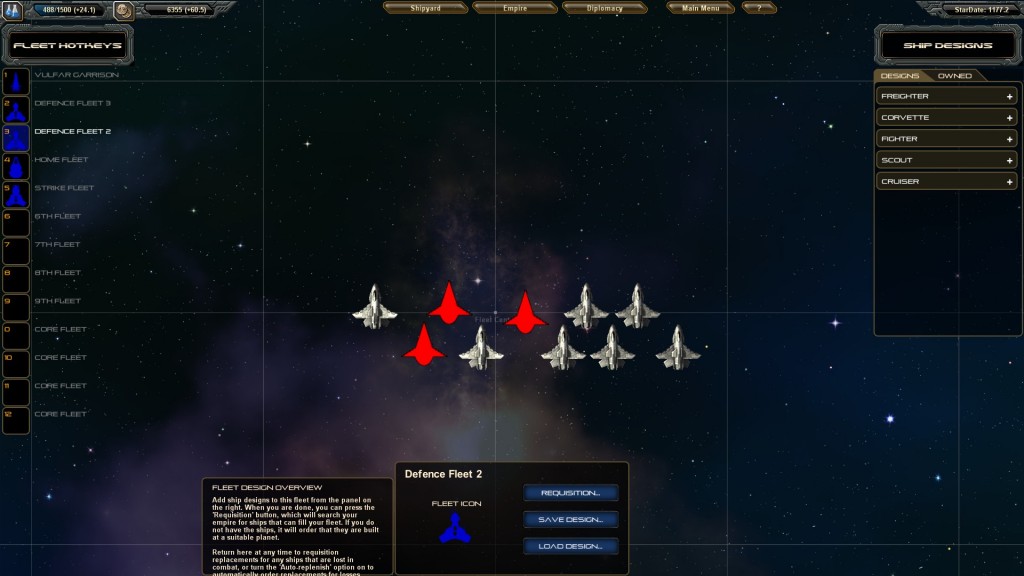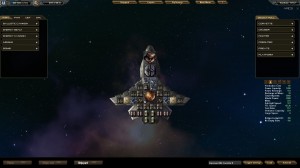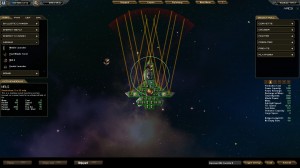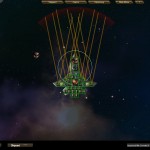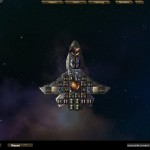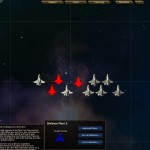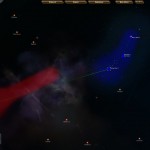- StarDrive: First impressions
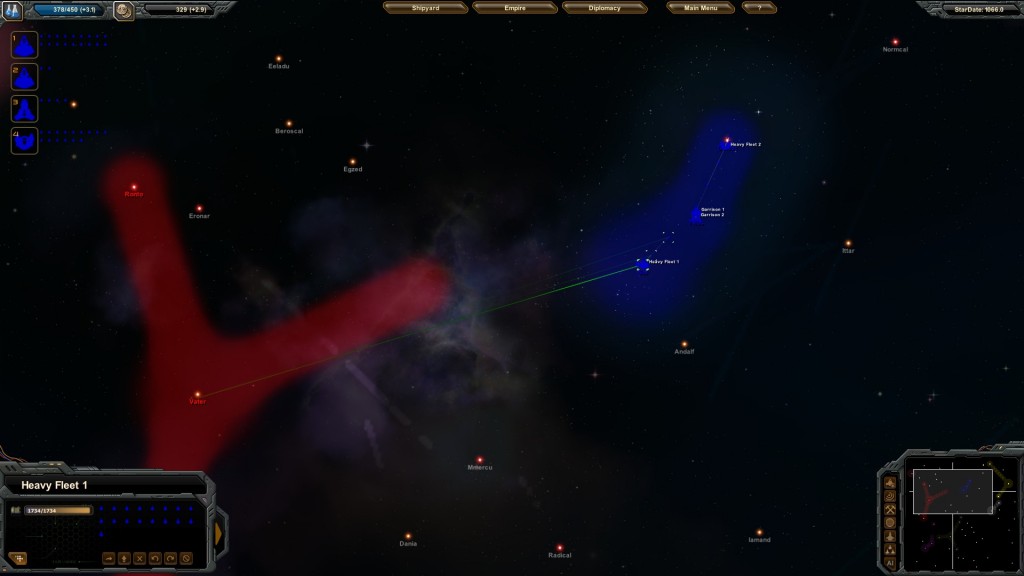
I’m five hours (per Steam) and three abortive practice games into StarDrive, a new PC space strategy title from one-man studio Zer0 Sum Games. So far, I can perhaps best describe this by reference to two games: one that’s obvious, space 4X stalwart Distant Worlds, and one you perhaps may not expect, fantasy TBS Warlock: Master of the Arcane.
Just as Warlock looks very much like Civilization V, StarDrive’s vast galaxy and pausable real-time gameplay appear to resemble Distant Worlds; but for both these games, appearances are deceptive. I get the impression that StarDrive’s design goals are very different to Distant Worlds’ – where DW aspired to be a living universe simulator, complete with a bustling ecosystem of NPC civilian spaceships, AI advisors, and derelict armadas, StarDrive strikes me as a far more warfare-centric game. Let’s break down what I’ve seen of StarDrive, X by X.
To start with, exploration in StarDrive is simple: send out scout ships, uncover high-value planets (on which more later) for colonisation, and locate the other players. It’s much closer to what one would find in an RTS, such as Sins of a Solar Empire, than it is to Civ or DW. Expansion is also simple, but in a good way – select a planet, hit the “colonise” button, and a colony ship will be auto-added to a build queue in your empire. When ready, it’ll fly over and settle the planet – exactly the kind of automation I like to see.
Exploitation, which seems inspired by Master of Orion 2, is a bit more complex. Planets produce three main resources – production, food and science – and are rated according to (a) how many colonists they can hold, (b) the amount of production and food generated per colonist assigned to those tasks, and (c) their available space for buildings. Since freighters can shuttle production and food between planets, this means they can, and should, be interdependent – it makes sense to grow food on a fertile Terran world, then ship it to a rich but barren mining colony in exchange for production. Unlike MOO2, these freighters appear on the map and can be attacked, but thankfully they can also be automated. (Irritatingly, however, the game does not sum net, empire-wide food & production – a strange omission, given that we’re encouraged to pool these resources.) While there’s no formal rule preventing you from colonising undesirable planets, in practice these worlds may not be profitable until you unlock more advanced technology (terraforming, better mines or farms, etc).
However, the real detail seems to lie in the final X, extermination. Below, I’ve posted the fleet organisation screen:
Now, I love the ideas embedded in this screen. You choose the composition of each fleet, and with the click of a single button, you can order your yards to produce enough ships to bring the fleet up to full strength. (The red outlines, in the above screenshot, show the missing ships.) Even better, you can save and load your fleet compositions. Cool! But actually manoeuvring fleets is a haphazard affair – while there is an option on the ship design screen which promises to make ships stick to formation, it is not enabled by default. I only discovered this when I tried laying siege to an enemy homeworld, only to see my mighty Strike Fleet jump into system a few ships at a time. That… did not end well.
Speaking of the ship design screen, I’ve posted this below. The top screenshot provides a zoomed-in view; the other is zoomed out and shows the selected design’s firing arcs:
Straight away, you can see one of StarDrive’s distinctive features – most space 4X games (Master of Orion, Space Empires IV, DW, etc) give the player a “budget” per ship hull and then let the player fill it up as he/she chooses, but in StarDrive, you’ll choose each component’s precise location within the hull. This matters. For instance, reactors are highly explosive, so instead of scattering them throughout a ship, it might be wiser to wall them off with bulkheads and run a power conduit through the hull instead. Add in trade-offs between different weapons and hulls (Do I research and build energy weapons, which drain power? Rockets and mass drivers, which use ammo? Lots of small fighters, or a few cruisers?), and the result is an intricate system that dares me to learn its ins and outs. But UI issues rear their head here, too: if I place a component in the wrong place, why can’t I drag and drop it to a new one? Why do I have to delete the component, go back to the menu, and then place a brand new one?
Does StarDrive succeed in its design goals? I don’t know yet. I’ve spotted some ideas I like, and jotted down a fair few, usually interface-related, gripes; but so far I still don’t understand how everything fits together. (As such, I can safely say that StarDrive has a fairly steep learning curve, steeper than DW with its hand-holding automation and perhaps steeper than MOO2 – a game I had no problems revisiting a few years ago, even though I hadn’t played since the 1990s.) I do feel as if I’m on the cusp of “getting it” – but since the developer is planning a patch that will address one of my key gameplay complaints, the way ground troops work, I think it would be neither fair nor productive for me to spend more time on the game before then.
And that, I think, is a good metaphor for how I feel about StarDrive. I remain interested in it, and I do want to dig deeper to find out if the game can deliver on its promise. But for now, I’d prefer to wait for a few patches before I dive back in. If you’re wondering if this is worth your time and money, waiting may be a good idea for you too.
The above comments are based on a review copy supplied by StarDrive’s publisher, Iceberg Interactive.
Discover more from Matchsticks for my Eyes
Subscribe to get the latest posts sent to your email.
